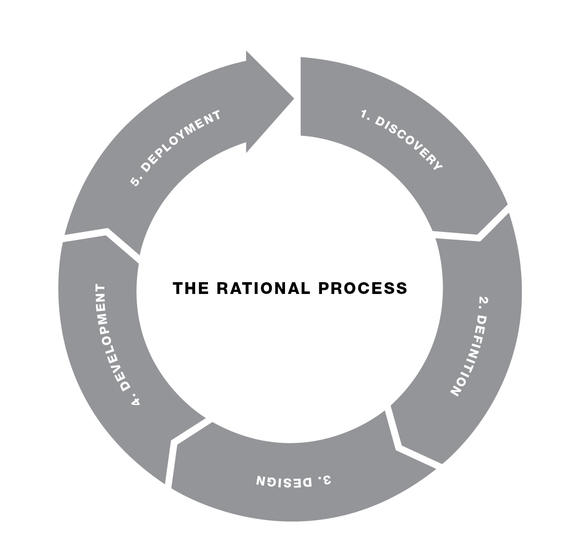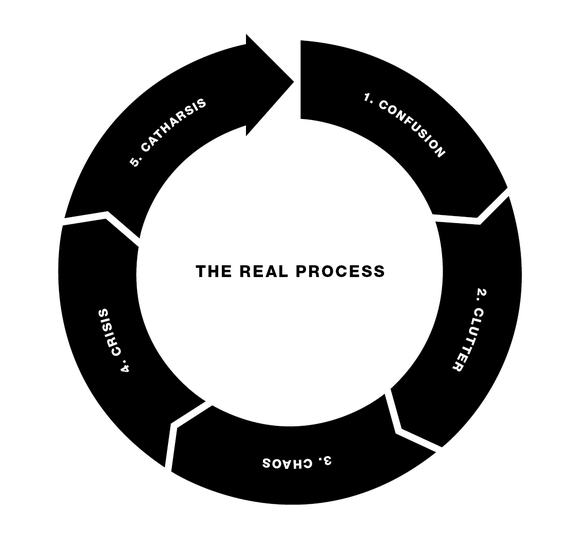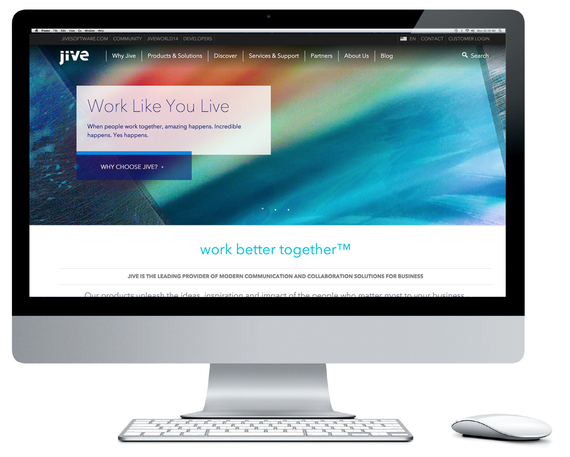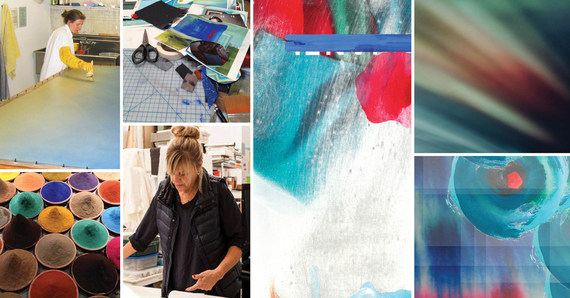You may not think you have anything to learn from an ant -- and you'd probably be right. But don't write off the colony as a whole, because it might have something to teach you.
Ants, you see, are masters of collaboration. Observe their process of locating a food source: it looks like utter chaos. But guess what? It works. A colony can solve problems that would stump a single ant -- including defending their nest and finding the most efficient path to the best source of food (even if it's not the shortest path).
So what does this idea of chaotic collaboration mean for us as designers, entrepreneurs, and managers? We've got way more brain cells (around 86 billion neurons in our noggins, compared to 250,000 in an ant's), so our combined powers are considerably more impressive. We don't build bridges out of our bodies, the way ants do; we design soaring marvels of civic engineering like Singapore's Marina Bay Bridge, whose twisting structure reminds viewers of human DNA.
We're comfortable with teamwork. With familiar processes and best practices. But most people are still afraid of the kind of chaotic collaboration that can drive real innovation. At my agency, Liquid, we're working to change that.
It can be hard to convince a client to cultivate a little chaos. After all, clients need reassurance that their investment is safe. And process, the way it's traditionally defined, seems safe. It's ordered and rational (not to mention easily billable).
Maybe that's why designers have been touting process for decades. By turning creativity into a logical business process, designers have persuaded companies to trust them with mission-critical projects and substantial budgets. Process equals predictability.
But what does the rational process really predict? Unfortunately, only sameness.
The rational design process looks something like this:
1.Discovery (find out more about the challenge using interviews and research)
2.Definition (determine the scope and goals for the project)
3.Design (prototype and assess a range of ideas)
4.Development (select and refine the most promising idea)
5.Deployment (launch the project)
The problem with this linear, phase-by-phase structure is that anything you learn while working on one phase cannot be applied to a previous phase. The arrow moves in one direction only: relentlessly forward. For example, if you discover something exciting in the design phase, you can't go back and redefine the challenge to accommodate it. That door is closed.
But what if we surrounded the problem at hand, like ants? What if we employed a kind of swarm intelligence? Rather than structure a project as a linear exercise, swarming unleashes the full power of simultaneous collaboration. A variety of minds (experts, newbies, tech-heads, managers, and artists) come together at the start, tapping their diverse talents throughout the process.
This is a better method for innovation -- in design, in branding, in business management -- and I call it the "no-process process." Discovery, definition, and design are run on parallel tracks instead of on a single, sequential track. This means they can "talk" to each other and create surprising new combinations. The arrow moves forward, backward, and in between, keeping ideas in a "liquid" state as long as possible.
No-process process assumes that team members will uncover new ideas as they work. It assumes they can quickly respond to changes in mission.
At Liquid we use it to integrate brand programs without compromising their integrity. When we worked with Jive Software -- a company that makes enterprise social communication and collaboration software to help clients across many industries (including financial services, health care, and technology) work together on projects -- we used Jive's own product to power a rebranding process.
One of our tactics with Jive was to open ourselves up to outside inspiration. We brought in five artists from around the world to create a new brand expression as a group. These artists developed visual works, shared them, and interacted with each other's work in real time, communicating only via the Jive platform.
And rather than sending Liquid designers into a black box to emerge later with a customized solution, we collaborated directly with Jive employees. We invited representatives from all departments to help conceptualize, test, and create company videos and websites using the new brand expression. And it worked. As Jive's president, Elisa Steele, said, "We created something that truly reflects our belief in collaboration -- opening our process to the community instead of coming to the answer ourselves."
In other words, we solved problems as a swarm, and our solutions were more exciting than what we might have come up with on our own.
One caveat: The no-process process is chaotic and sometimes irrational. It's a style of advanced creativity. But if your goal is innovation, it's the only style that works.
If the ants aren't afraid to embrace collaboration and chaos, why should we be? We've got much more to gain. As Mary Shelley, who created one of the world's most fascinating literary characters, said, "Invention, it must be humbly admitted, does not consist in creating out of voice, but out of chaos."



